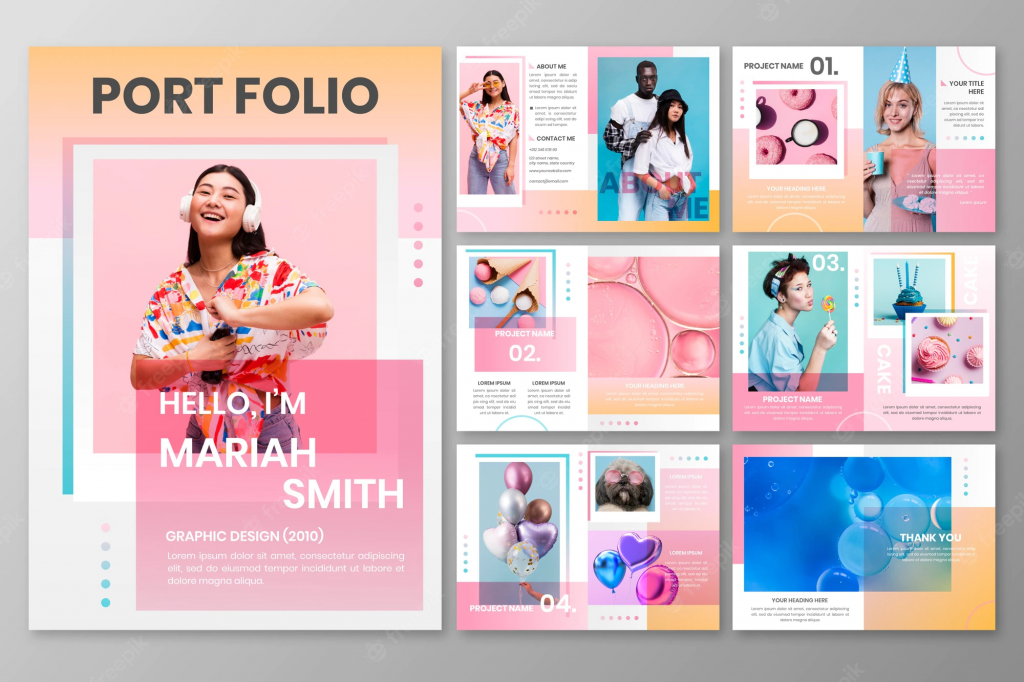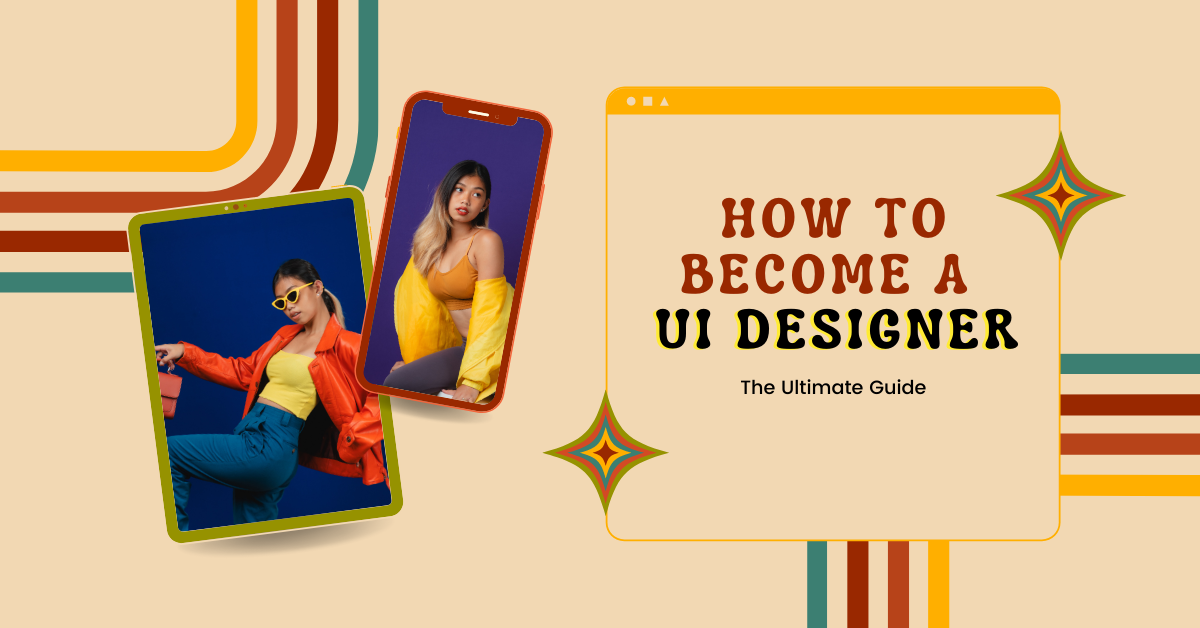If you’re reading this, then it’s likely that you’re interested in becoming a UI designer. If that’s the case, then you’ve come to the right place! In this guide, we will walk you through everything you need to know in order to become a successful UI designer. We’ll discuss what skills and tools you need, what type of work you can expect to do, and how to find work as a UI designer. So whether you’re just starting out or are already working in the field but want to learn more, read on for all the information you need to get started on your career in UI design!

Build a Portfolio
Building a portfolio is an essential part of any designer’s career. It is the first thing other people see when they look at your work, and it can make or break a potential client’s decision to work with you. A portfolio is a great way to showcase your skills and demonstrate your talent as a designer. It is also a great way to stand out from the competition.
Learn Latest Trend
As a designer, it is important to keep up with the latest trends in order to stay relevant and competitive. The world of design is constantly evolving, and what was popular yesterday may be outdated tomorrow. To stay on top of the latest trends, designers must stay informed and educated.

Networking
Networking is an essential part of any successful career in design. It involves building relationships with people in the industry, such as other designers, clients, employers, recruiters, and other professionals. Networking can help designers find opportunities, build their portfolios, and ultimately land jobs.
Polish Technical Skills
As a designer, it’s important to continually improve your technical skills. There are many ways to do this. First, take the time to research the latest design trends and technologies. Find out what other designers are doing and what tools and techniques they are using. Then, make sure to practice and apply this knowledge.

Take Challenge
As a designer, taking on a challenge can be a great way to push your creative boundaries, gain more experience, and build your skillset. Taking on a challenge might involve learning a new skill, changing up your style, or taking on a project that is outside of your comfort zone. It can be a great way to explore different creative avenues and develop your design skills.
Conclusion
So, there you have it. Everything you need to know about how to become a UI designer. While this guide is extensive, it’s by no means exhaustive. There are plenty of other resources available out there (including our very own blog) that can provide more in-depth information on specific aspects of the design process. But hopefully, this guide has given you a broad overview of what to expect and some ideas on where to start your training. And if you’re looking for more inspiration or want to stay up-to-date with the latest trends in UI design, be sure to sign up for Artmeet‘s weekly newsletter or follow us on social media. We promise not to bombard your inbox or newsfeed with too.

